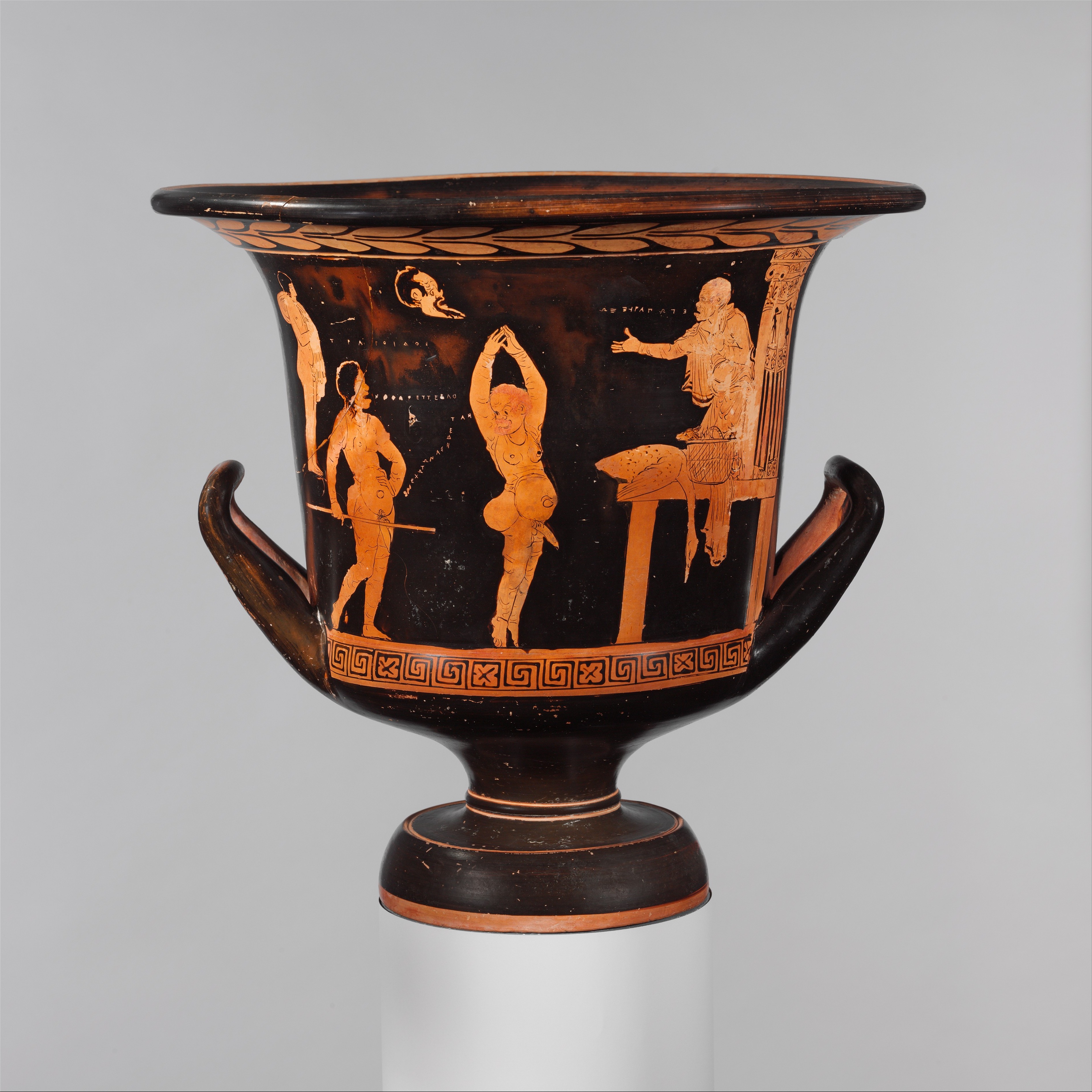

Preliminary work would involve rough sketches which would bruise the surface of the vase A relief line is used and the differing thicknesses of paint created the illusion of texture. Painter: Euphronius, this is known because he signed his name in a purple glaze Group of artists: The Pioneers, so called because they were among the first to use red figure also renowned for their interest in the depiction of the human form and movementģ Red Figure Technique Invented in Athens around 525BC On the far right is an Amazon with an ax raised above her head apparently preparing to strike a Greek soldier around the side of the vase.2 Attribution Details When made: 510-500 BC Potter: Unknown To the right of that Amazon is another Greek soldier leaning away with an ax raised above his head. Beside her is a crouched Amazon who appears to be striking something behind the horse.

In the center there is a mounted Amazon sitting calmly on her horse. The next figure is a falling Amazon who is half hidden behind her shield. įrom left to right there is a Greek soldier holding a raised spear and poised to strike. The complexity and overlapping of items and figures evokes a dramatic representation of battle. The figures and poses seen are representative of the time in which it was made, evoking a sense of pathos and showing motion. The vase is from the region of Attika and is 21.9375 in (55.8) cm high and 22.9375 in (58.3) cm in diameter. It is a red figure vase made of terracotta and attributed to the painter of the Berlin Hydria. This calyx-krater was made in the Classical Period of ancient Greece ca. In the 5th century, with the adoption of the novel red-figure vase painting technique, amazonomachies changed slightly, beginning to shift from depicting just the defeated to illustrating a real threat. This depiction style became common in the 6th century, possibly reflecting the political and social turmoil Greece was beginning to experience, and the desire to triumph over barbarians. Warfare depicted in Greek art was often not representative of actual ancient warfare, but rather depictions of epic and mythological scenes.


Vessels such as these were often used at a symposion, which was an elite party for drinking. It is a krater, a bowl made for mixing wine and water, and specifically a calyx-krater, where the bowl resembles the calyx of a flower. The calyx-krater by the artist called the "Painter of the Berlin Hydria" depicting an Amazonomachy is an ancient Greek painted vase in the red figure style, now in the Metropolitan Museum of Art, New York. Calyx-Krater by the Painter of the Berlin Hydria


 0 kommentar(er)
0 kommentar(er)
